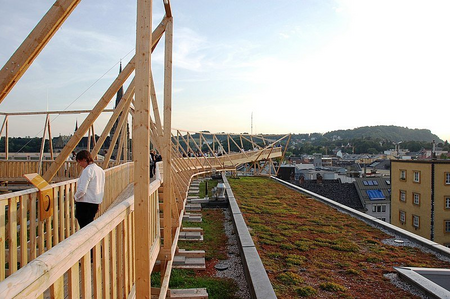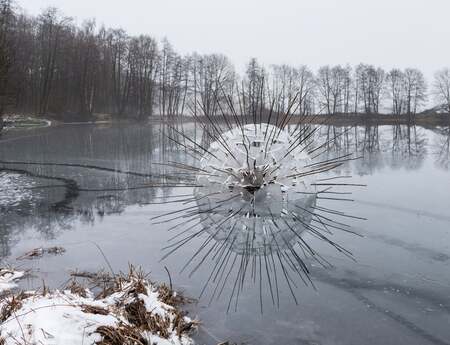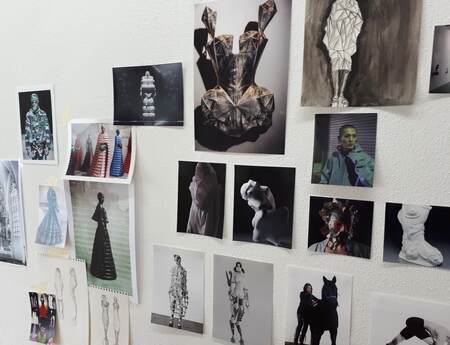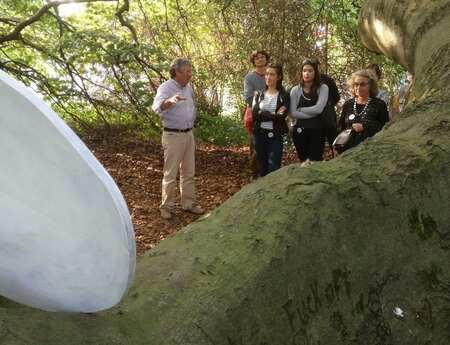Art on Roofs–and Beyond
Art above the rooftops of the city–with the Höhenrausch project, Martin Sturm brought installations and sculptures a little closer to the sky in Linz, Austria, from 2009 to 2021. We spoke with him about the impact of art, aesthetic edification for leisure and sharing experiences.
Mr. Sturm, in a podcast you said, “Art thrives on sensuality.” This quote reminded me of Jean-Christophe Ammann, who describes art as an “object of thought that can be perceived by the senses.” What is your definition of art?
I can definitely go along with Ammann’s quote. But for me it goes one step further. In connection with music, Heinrich von Kleist said that it has a direct effect on people, bypassing the brain. For me, this also applies to the visual arts.
Art not only stimulates thinking or triggers creative thought processes. It has a holistic, emotional, and touching effect.
Do you have a concrete example?
Yes, I immediately think of Fujiko Nakaya's fog installations at this year's Höhenrausch. Actually, the work was nothing more than an ephemeral water formation that disappears again. But it has a tremendous ambient effect, you can’t escape it. This goes far beyond mere contemplation and is reminiscent of experiences of nature, such as in a moor, or when the border between sea and sky blurs at the North Sea. There, art shows its effect not only in the mental area, it is more comprehensive, works also in the physical area.
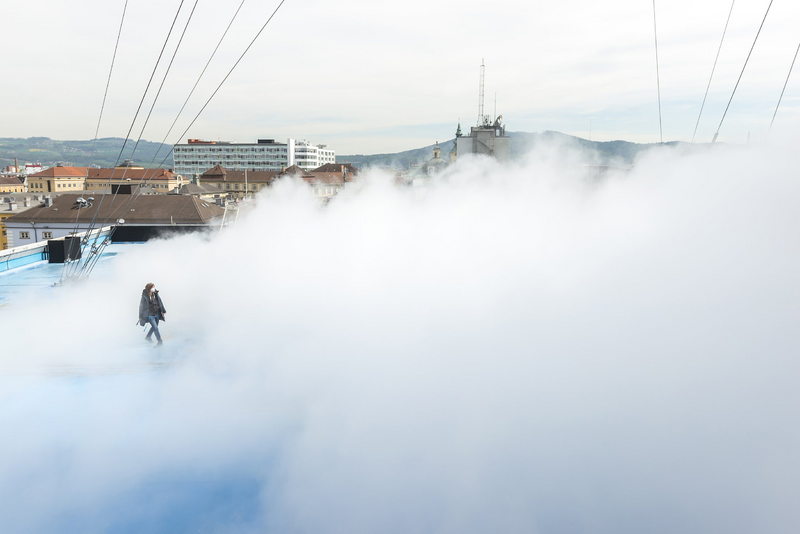
What role do you see art in general and sculpture in particular play in our society?
Art still suffers from its classical role of aesthetic edification for leisure. Historically, it has been assigned a place there that is difficult to leave. But I see it as an equal player in our democratic society. Especially art and sculpture in public space can help shape democracy.
When I think of three-dimensional art from Austria, I think above all of Erwin Wurm. Who do you consider to be other important representatives?
In my opinion, Eva Schlegel is one of the most important Austrian artists at the moment. She lives and works in Vienna and plays with the role of the viewer in her works. This year at Höhenrausch, she presented a work with huge mirror surfaces that showed the installation of various plants, but not the viewers’ own reflection. She has also currently been commissioned to redesign the parliament in Vienna. Another name that comes to mind is Michael Kienzer. He has always been very contemporary with the concept of sculpture. In some of his works, he directly involves the audience. He has contributed a lot to the development of sculpture in Austria.
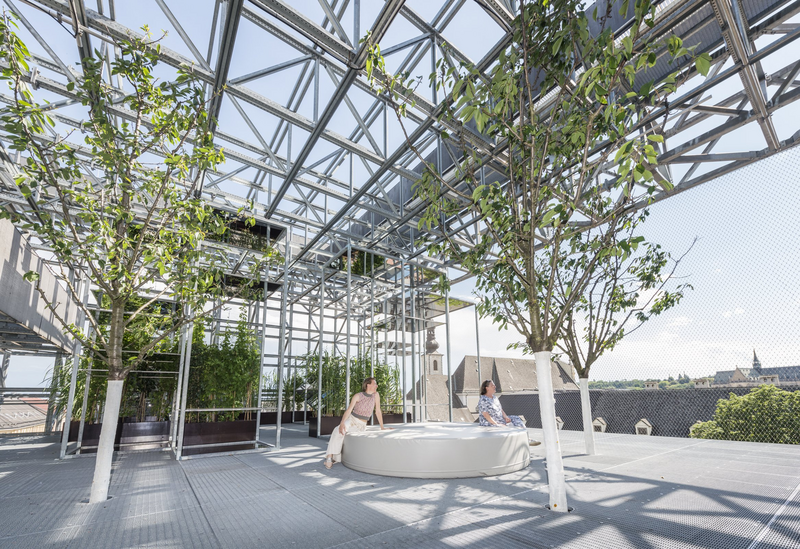
With Höhenrausch, you’ve been taking art up high in Austria since 2009. How did the idea come about?
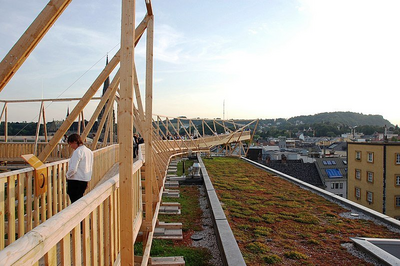
The starting point was originally a one-off event in 2009, when Linz was European Capital of Culture. But using the rooftops as an exhibition space turned out to be a very successful format for urban development. So we have continued to develop this idea in subsequent editions.
In 2015, you were a speaker at sculpture network's International Forum. What has happened since then?
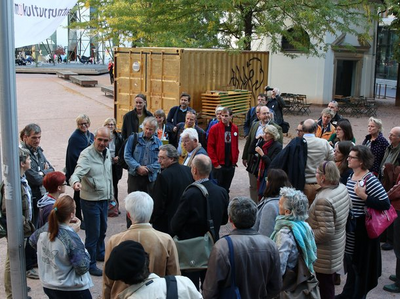
We have opened up additional paths and spaces, there have been new architectural elements and existing components have been connected. New artworks were installed, but with few exceptions they were temporary. It was also important to keep a constant eye on the disappearance of these objects and the new editions of the site. Then, after 12 years, the last edition of Höhenrausch took place last summer.
When do you know that a project is over?
I’m not a friend of long-term master plans. One quality of art is also improvising in order to remain dynamic, alive and capable of action. With Höhenrausch in particular, we have looked year after year: how do the artists and the audience react? Are they still interested in the project? Do new people come? Are we ourselves still able to generate interest and desire? Have the conditions changed?
The most important thing is to be able to assess things and make decisions openly and at short notice.
In his interviews, Hans Ulrich Obrist always talks about his list of “unrealized projects”–ideas that he has not, or not yet, realized. What is on your list of projects that you still want to realize?
So far, I have realized about 100 projects. My goal is not to realize another 100. But what I see is that in more and more cities the roofs are played on, a second urban level is created that is used both artistically and commercially. That shows me that interest in this topic is condensing. We have built up a wealth of experience in this area over the past few years. My goal is to pass on this experience.
So you are an expert on art on roofs?
Yes, you could say that. Art on roofs–and beyond.
Further information: http://www.hoehenrausch.at
Translation: Andreas Schnietz
Published: November 2021
Author: Elisabeth Pilhofer
Elisabeth Pilhofer is a freelance editor and cultural manager based in Munich. In 2009, she happened to be at the first edition of Höhenrausch in Linz – and was thrilled by DeMarini's Rain Dance. Twelve years later, she was delighted to have the opportunity to talk personally with Martin Sturm about this extraordinary exhibition series.


